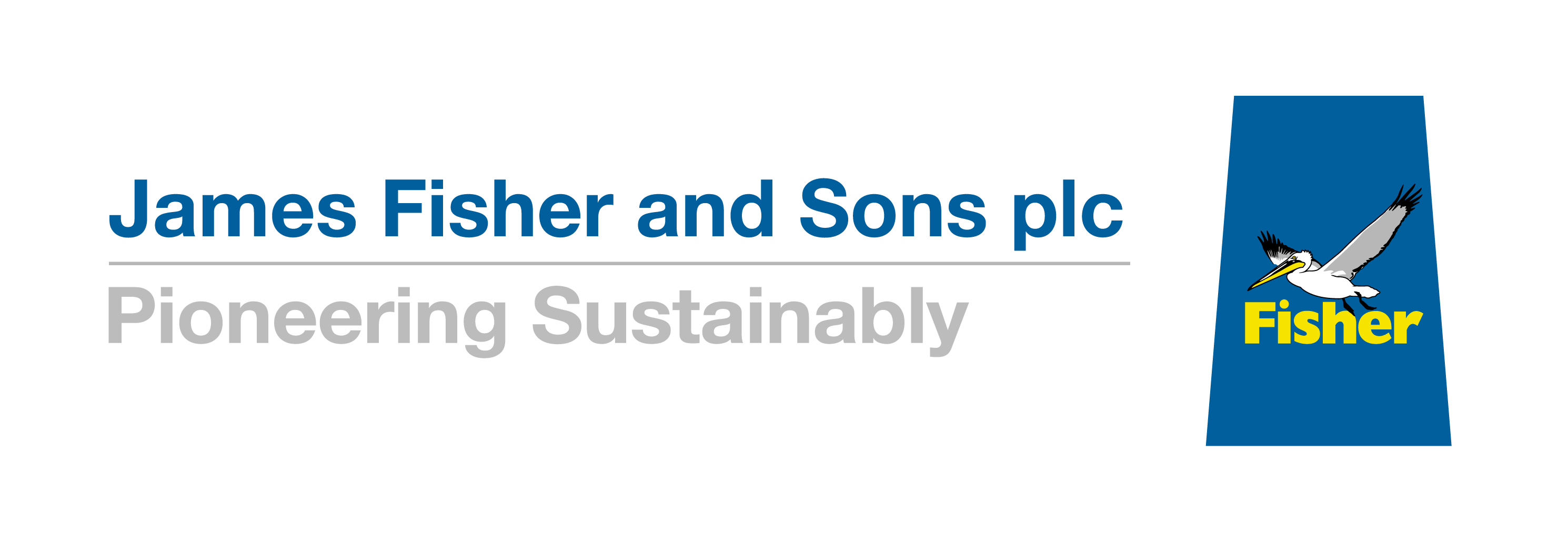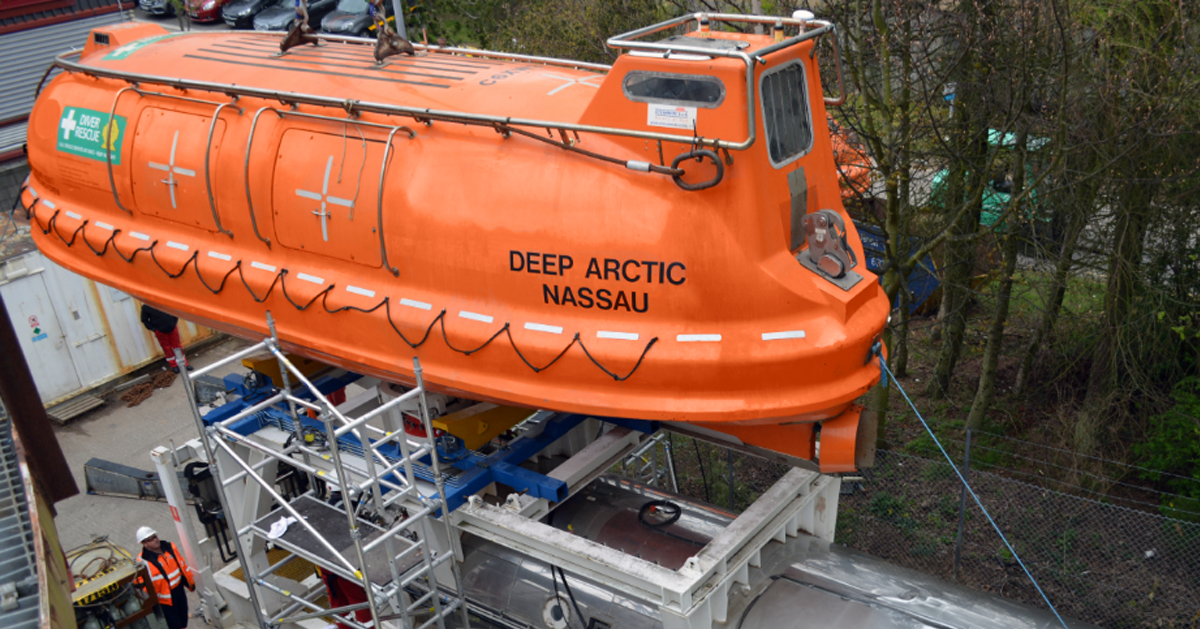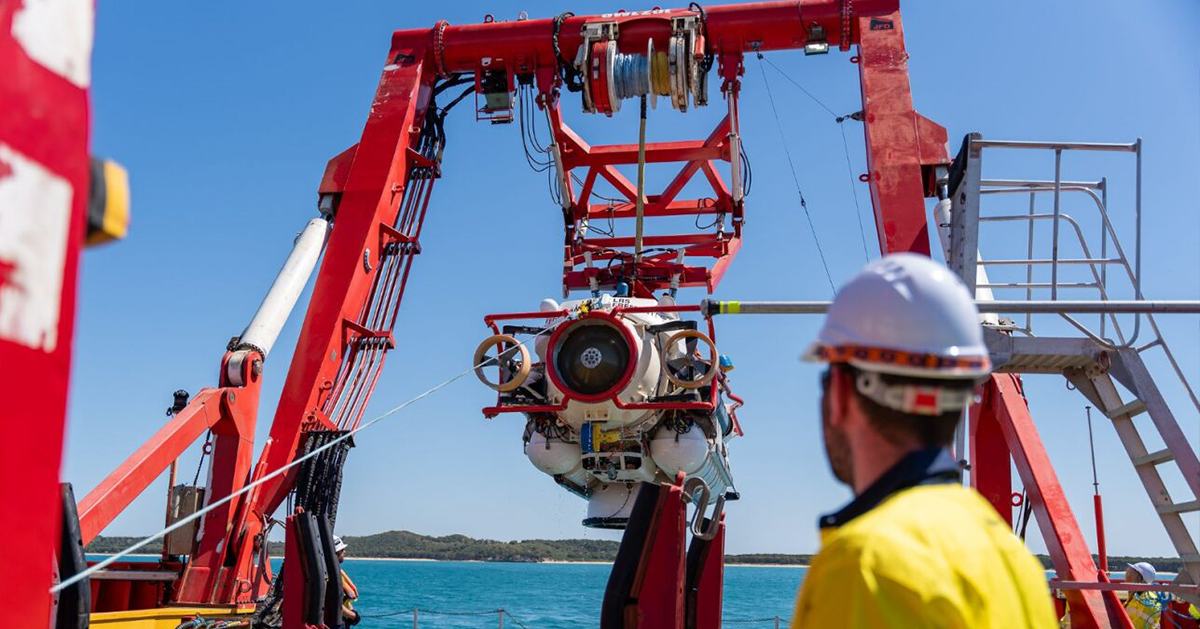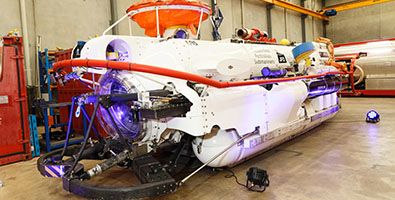- Products
- Commercial divers’ equipment
- Compasses and watches
- Defence divers’ equipment
- Diving instrumentation
- Electrical diving equipment
- Escape and abandonment
- Gas and fluid systems
- Medical and safety equipment
- Recompression chambers
- Submarine intervention
- Submarine rescue
- Tactical Diving Vehicles
- Ansti testing equipment
- Services
- Consultancy and personnel
- Engineering services
- Rescue and support
- Testing services
- Training services
- Ancillary dive gear
- Commercial equipment and tools
- Commercial helmets, masks and SCUBA
- Commercial rebreathers
- Commercial surface supply
- Diver's suits and harnesses
- Contaminated water diving system
- BIBS manifold block
- Divex back pressure regulator
- Divex interlock
- Hy-Fex hyperbaric fire extinguisher
- Hyperbaric flame detector
- Hyperlite hyperbaric stretcher
- Oxygen kits
- Ultralite 2 BIBS mask
- InVicto ventilator system
- DSAR rescue vehicles
- Launch and recovery systems
- Multi-role launch and recovery system
- Submarine rescue bell
- Client representatives
- Dive and ROV system audits
- Diving technical expertise
- Offshore personnel
- Rescue certification
- Remote audit solution
- Altitude testing and trials
- Hyperbaric welding
- Pressure testing and trials
- Test tank
- Breathing laboratory
- Commercial development courses
- Defence training courses
- Medical training courses
- Product specific courses
- Online training courses
- Classroom training FAQ
- Case Study: Roger Chapman Pisces III
- Case Study: HMS Edinburgh
- ANSTI CSTF
- Akademik Tofiq Ismayilov (ATI)
- Archive
- JFD strengthens Commercial Diving business with leadership appointments
- JFD unveils new product concept ‘Stealth Multi-Role’ at key industry events
- JFD North America enhances US Navy Submarine Rescue capabilities with advanced Integrated Communication System
- JFD successfully integrates and delivers advanced submarine rescue system for Republic of Korea Navy
- Archive
- Divulged - Winter 2017
- Divulged - Summer 2017
- Divulged - Winter 2016
- Divulged - Summer 2018
- Divulged - Winter 2018
- Divulged - Winter 2019
- Divulged 2021 Edition 1
- UDT 2019
- Visit JFD at UI 2016
- Visit us at OTC Asia 2018
- Visit JFD on stand 338 at Underwater Intervention 2018
- JFD is exhibiting at ONS 2018
- JFD is exhibiting at OSEA 2018
- Join JFD at IDEX 2019
- See JFD at Subsea Expo 2019
- JFD takes on BALT Military Expo
- JFD presents complete defence offering at UDT 2018 in Glasgow
- Join JFD at ADIPEC 2018
- Visit JFD at Pacific 2017
- Visit JFD at MSPO 2018 in Poland
- JFD presenting at UDT conference
- JFD is exhibiting alongside James Fisher Nigeria at NOG
- JFD exhibiting at UDT 2016
- Visit JFD at Underwater Intervention 2019
- JFD is participating at Underwater Defence & Security
- See JFD at this year’s IMCA Annual Seminar
- JFD is exhibiting at LAAD Defence & Security 2019
- JFD LEXMAR is exhibiting at OSEA 2016
- JFD is exhibiting at Subsea Expo 2017
- Visit JFD at Indo Defence 2018 Expo and Forum
- Visit JFD on stand 403 at Underwater Intervention 2017
- JFD exhibiting at Europoltech
- JFD at IMDEX
- Visit JFD at UDT 2017
- Visit JFD at DSEI 2017
- JFD is exhibiting at OTC 2018
- JFD is exhibiting at Subsea EXPO 2018
- JFD is exhibiting at Sea Air Space 2018
- Visit JFD at DSA 2018
- See JFD at Defexpo 2018
- JFD is exhibiting at ADIPEC 2017
- Come see JFD at DSEI!
- See JFD at IMDEX Asia 2019
- JFD is at Oil & Gas Asia 2019
- Experience DSEI with JFD
- See JFD's full defence capability at MSPO 2019
- JFD is exhibiting at this year's Offshore Europe
- Visit us on stand 2S16 at Pacific
- See JFD at ADIPEC on stand 13572
- Explore our commercial capabilities at Bergen International Diving Seminar
- JFD showcasing commercial and defence capabilities at Underwater Intervention
- JFD exhibiting alongside James Fisher Offshore at Subsea Expo
- Visit our stand at DSEI 2021!
- Join JFD at Subsea Expo 2022
- Visit JFD Australia at Indo Pacific 2022
- JFD North America is exhibiting at SOFIC 2022
- Experience CNE 2022 with JFD
- Discover JFD at UDT 2022
- Join JFD at GSOF Symposium Europe this October
Release date: 05 December 2018
Outstanding success in Australian submarine rescue tests

Australian submarine crews are safer than ever before after two weeks of rigorous but extremely successful exercises off the coast of Western Australia.
In at times challenging weather conditions, JFD Australia, the world’s leading provider of submarine escape and rescue, partnered with the Royal Australian Navy (RAN) to conduct the annual “Black Carillon” exercise which tests Australia’s submarine rescue system in a series of scenarios designed to replicate a real-life submarine rescue emergency.
Importantly, the exercises demonstrated the world-class capability of the fully-integrated system that JFD provides to the Australian Government which includes a submarine rescue vehicle (a “mini” submarine with pilot and crew), a transfer-under-pressure chamber and a hyperbaric equipment suite to ensure that submariners receive the best possible medical treatment once they are back on the water’s surface.
A major element in testing the rescue suite this year was a continuously run ‘Rescue Exercise’, which aimed to test the complete system from the submersible through the hydraulics bellows into the transfer under pressure (TUP) chamber where any initial triage of patients could be undertaken. They then move to the new recompression chambers for simulated treatment depending on the symptoms being exhibited. The exercise, which commenced at early light at 0530 on 19 November and finalised at 1508 the 20 November, involved the launch and recovery of the submersible as in a real DISSUB scenario and necessitated the split manning of all control points of the suite to cover 24 hour operations. JFD worked seamlessly with the RAN medics and doctors to achieve all exercise objectives.
“It is vital that our submarine rescue system can rescue and treat all personnel on board a Collins-class submarine and that is why these annual exercises involving the RAN, JFD’s 100-strong skilled workforce and our extensive supply chain are so critical,” said JFD Australia managing director, Toff Idrus (a former submariner).
“This was the first Black Carillon where we have tested the entire rescue system which also now includes the new hyperbaric equipment suite and the first time we have deployed to sea three times in one year, so there were some big milestones to achieve and I am delighted to say, we achieved each and every one of our goals.”
The RAN also commended JFD on a safe and highly successful Black Carillon:
“I was exceptionally impressed with what you achieved in the exercise and it was clearly evident that you had developed a strong sense of teamwork,” said Captain Geoff Wadley RAN, Commander Submarine Force.
“Speaking to international observers, they were unanimous in their praise for the exercise and the value they all got out of it, a job exceptionally well done.”
This year, using HMAS SHEEAN as the “target” submarine and together with rescue and intervention ships, MV Stoker and MV Besant, JFD was able to conduct a series of simulated rescues in varying depths of water to demonstrate the flexibility and unrivalled range of its submarine rescue system.
Sheltered practices were successfully carried out in 20 metres of water (a key capability that is not available from other global submarine rescue providers), before moving onto mock rescues at depths of 135 metres with the remotely operated vehicle conducting surveys and dives in excess of 375 metres simulating the survey and material check of a disabled submarine.
“In each stage of Black Carillon, it was important to demonstrate that our free-swimming rescue vehicle and surface treatment systems could function no matter what the conditions,” said Mr. Idrus.
“Launching from a ship and diving down to locate a disabled submarine, connecting with its hatch and then safely transferring its crew to safety is what submarine rescue is all about.
“It’s why JFD is the world’s triple-0 number for rescues anywhere in the world.”







